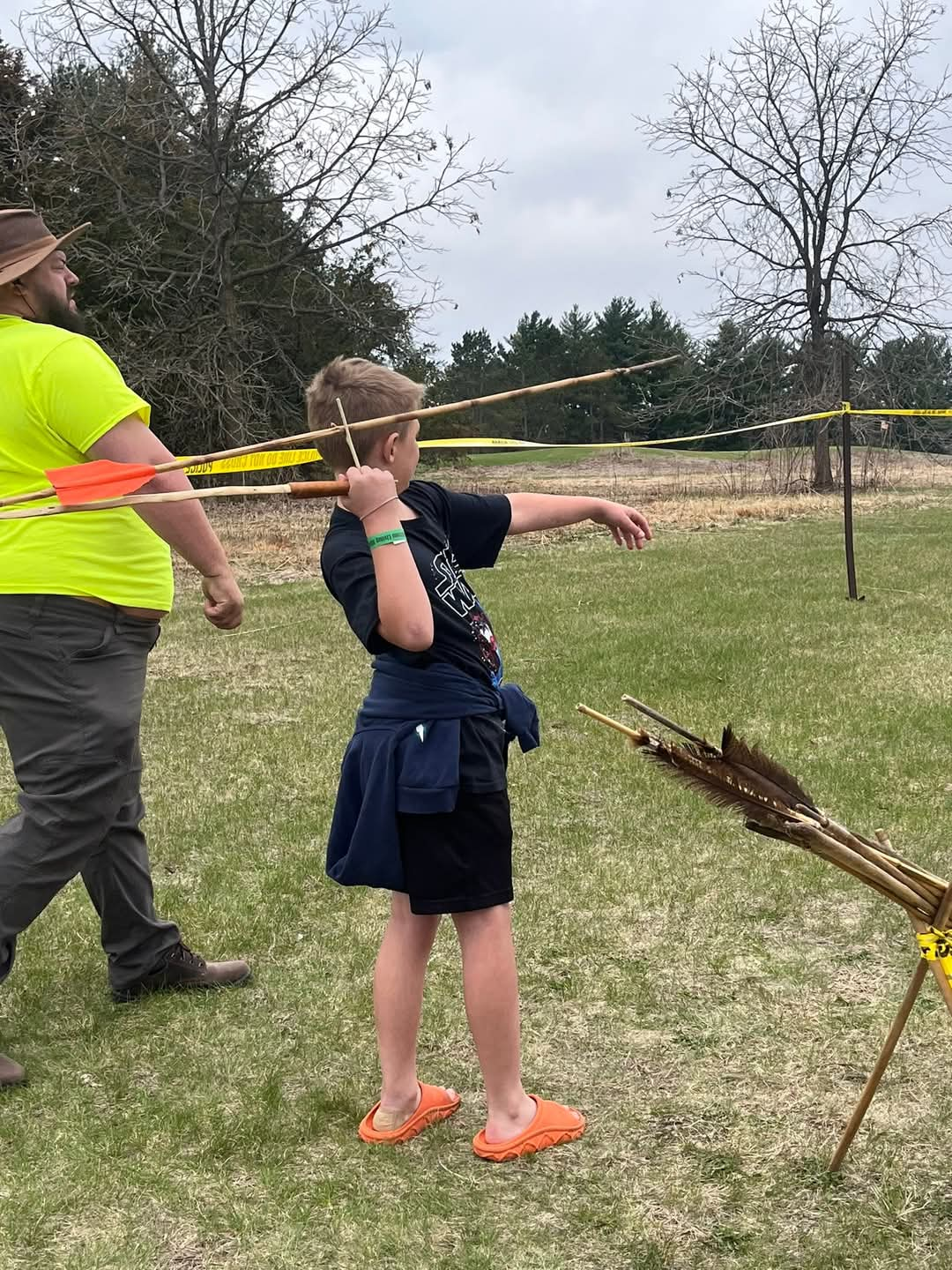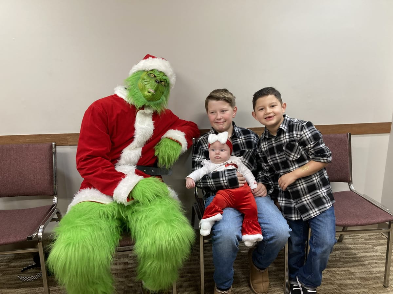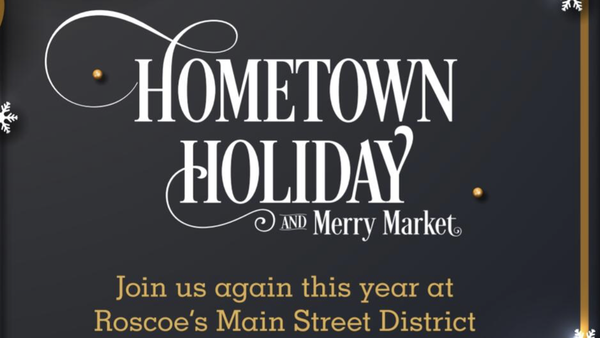Native pride and skills celebrated at Macktown Living History
Indigenous peoples lived over 8,000 years on the Macktown grounds.

Macktown Living History welcomed families and visitors to an event showcasing Native Pride on Sunday, April 13, 2025. The day offered cultural education, historical demonstrations, and interactive activities for all ages.
Indigenous culture and traditions
Educational opportunities allowed guests to learn about the culture of various tribes, including the Ho-Chunk, Sauk, Kaskaskia, and Kickapoo. Friendly volunteers at the Macktown Living History Center guided visitors before they began their journey across the grounds.
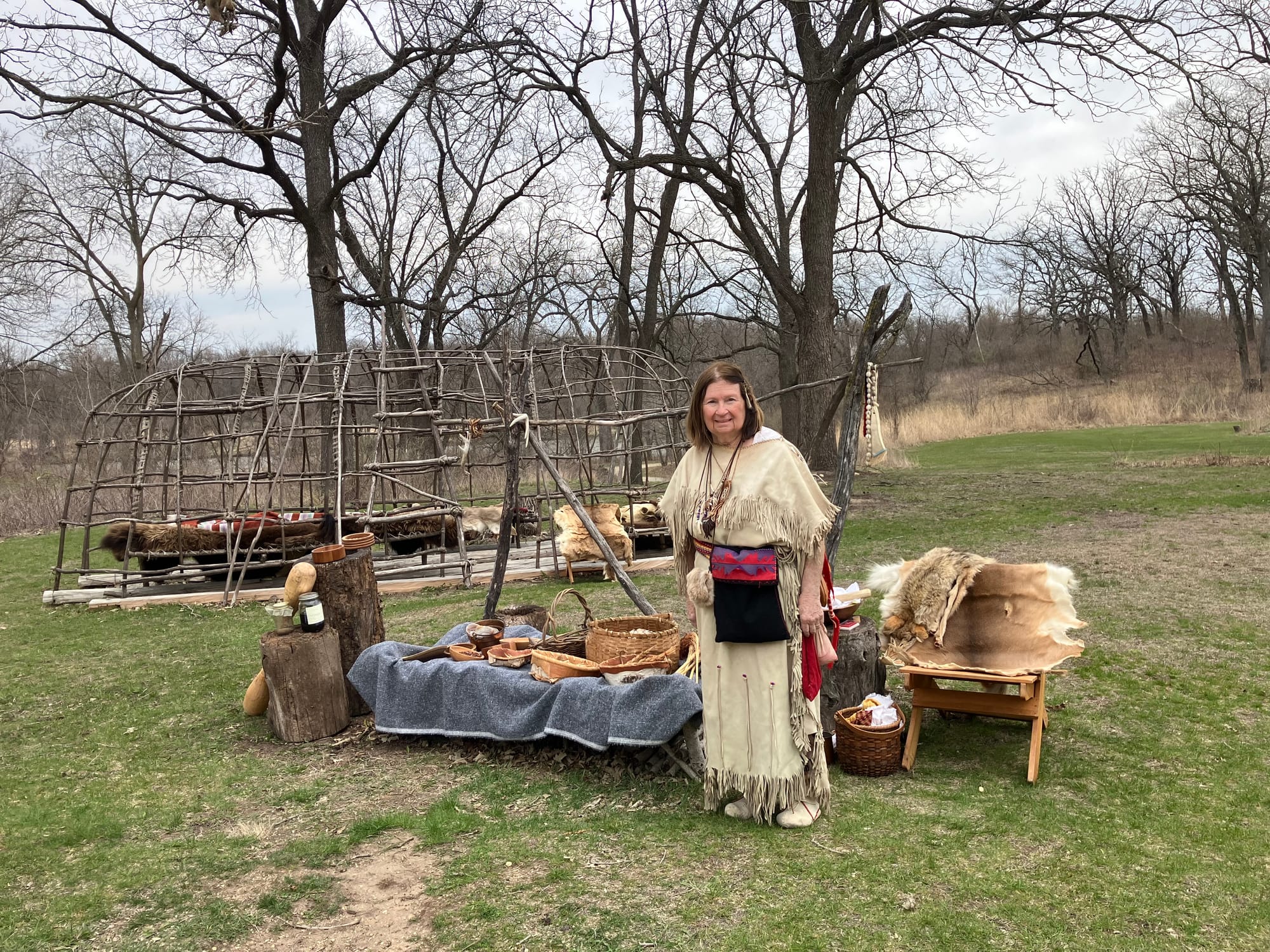
Lucy Adrignola explained the name of the Three Sisters Garden.
“When Europeans first arrived in America, Indigenous peoples had already figured out very smart ways to grow food. From this, the Three Sisters agriculture was popular in both the North and the Southeast. The Iroquois and Cherokee gave this name. Corn, beans, and squash because they work together like a happy family.
“Corn was planted in little hills, the beans were placed around the corn, and squash was added in between these. The beans are special because they take nitrogen from the air and turn it into food for the soil, which helps the corn and squash grow. In return, the beans climb up the corn stalks. Meanwhile, the big squash leaves cover the ground, keeping pesky weeds away. These three plants grow much better together.”
Macktown's medicine garden produced natural products to promote healing. The Native peoples made use of natural materials like birch bark for antiseptics and turtle shells as scraping tools. A bottle of syrup was on display, used to show that forty gallons of maple sap are needed to make one gallon of syrup.
Adrignola also explained that people have lived a total of 8,000 years on the Macktown grounds. They lived in wigwams, not tepees. Bison hide was displayed inside the wigwams. The area once held bison, elk, and deer. “At one time, a total of 350 people lived on the Macktown grounds,” Adrignola said.
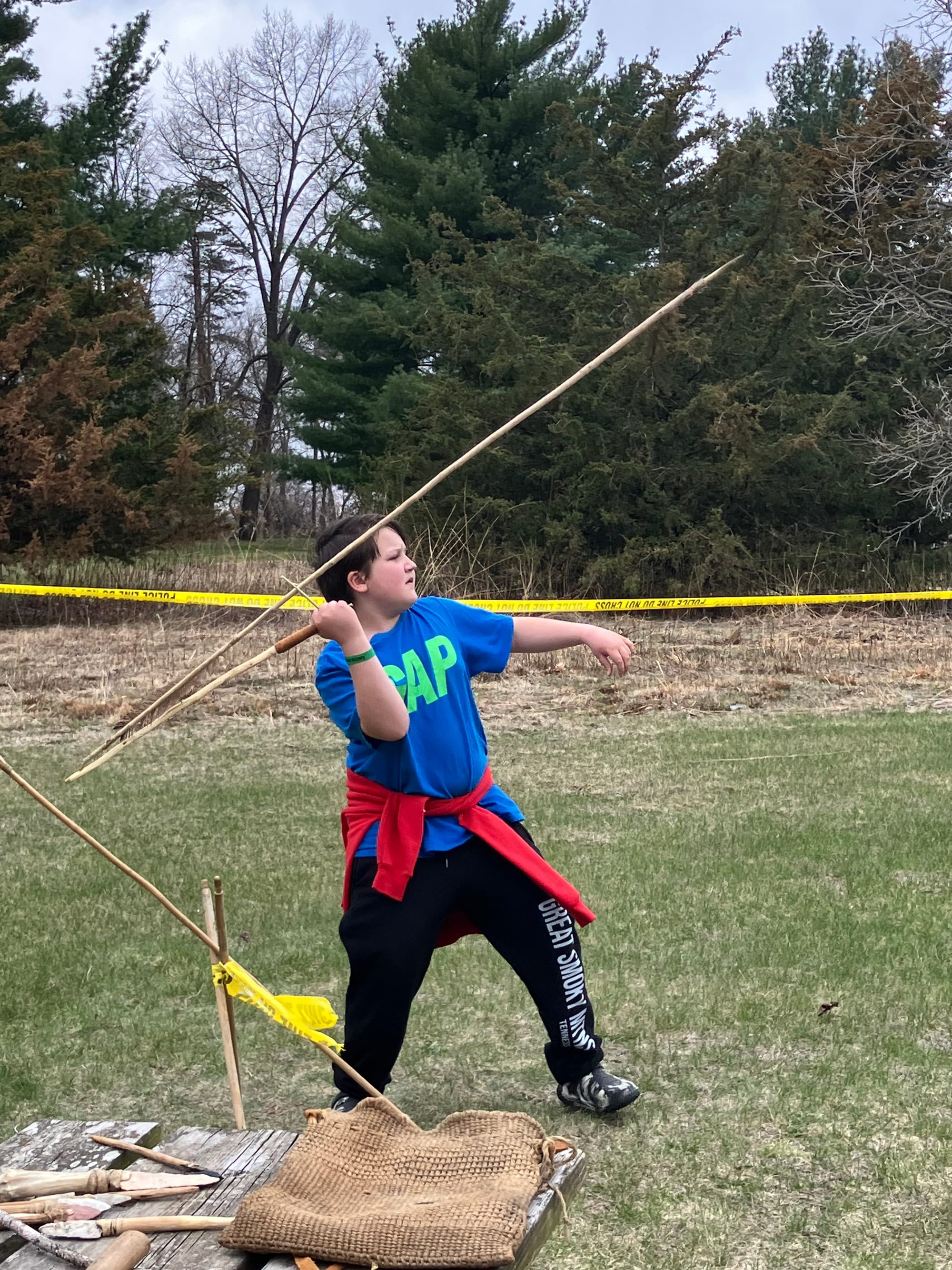
Traditional skills and hands-on demonstrations
Visitors took part in archery activities led by Blackhawk Field Archers. Archery, which initially emerged for hunting and later warfare, dates back to around 20,000 BC based on the discovery of flint arrowheads.
Flint knapping, demonstrated on site, showed how scrapers, choppers, and cutting implements were used to chop wood, prepare hides, and process plants.
Atlatl tools, using a spear-throwing technique dating back about 13,000 years, were also featured at the Macktown event. Guests were invited to try their hand at hitting a deer photo target, simulating ancient hunting methods.
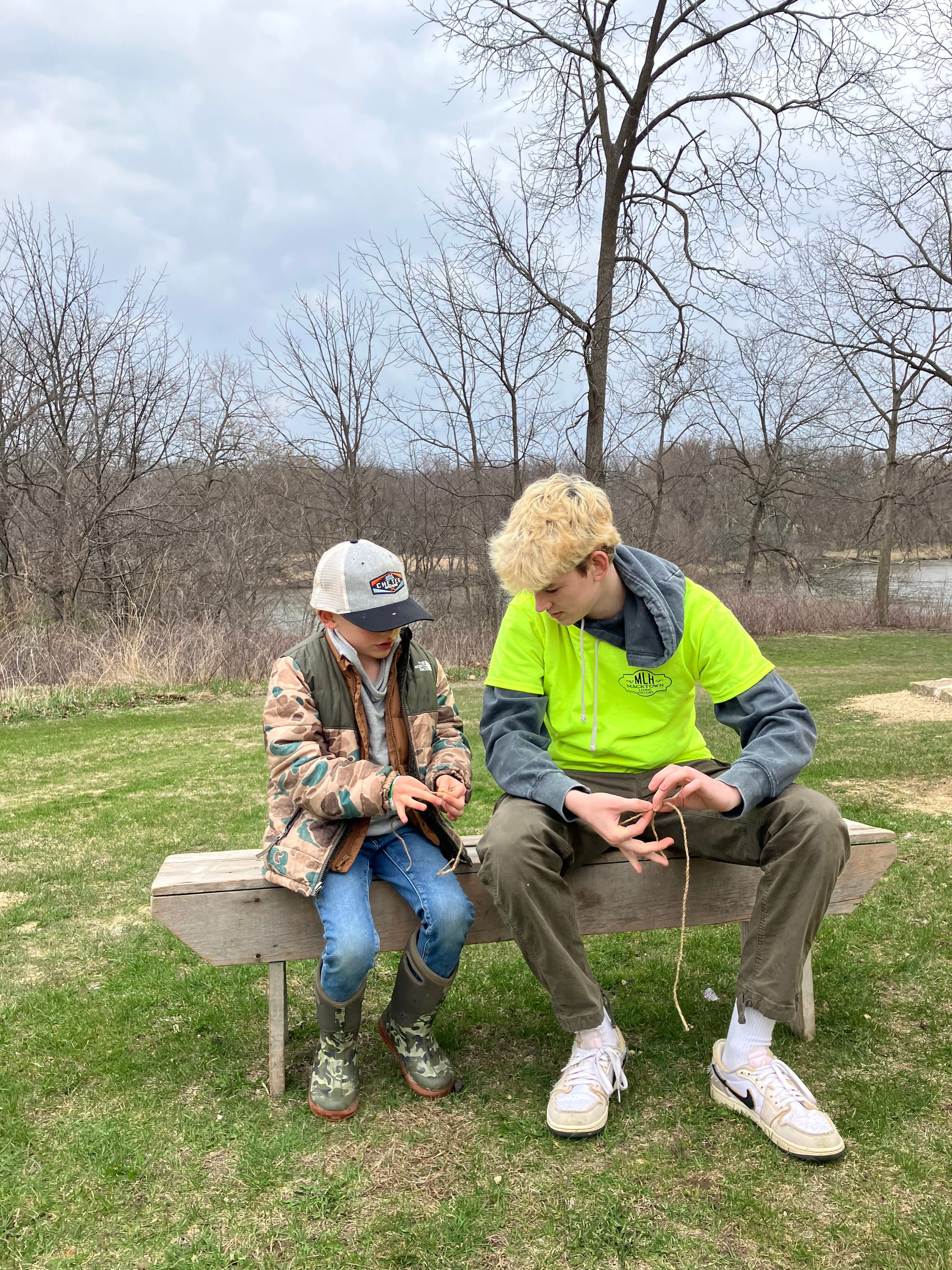
The cordage-making station demonstrated how fibers from plants like nettles, cattails, willow, and yucca, along with animal sinew and rawhide, were twisted or braided to create strong cords for multiple uses.
There were no birds of prey at the hawk throwing station, but guests learned about the use of tomahawks, small handheld axes symbolic of both war and peace.
“Tomahawk was derived from the Algonquian word, ‘otomahuk’ which means to ’knock down,’” according to signage at the station.
In the trading post area, visitors crafted replica baskets using traditional techniques.
The Stephen Mack home
The Stephen Mack home, built in 1839, was open for tours. It once housed Stephen Mack and his wife Hononegah, a young Ho-Chunk Potawatomi woman he married in 1829. Together they helped settle northern Winnebago County and raised nine children.
Hononegah was born in 1814 in the Four Lake Region, now Madison, Wisconsin, and was named “Hinu Nik Wiga” by her parents. Orphaned at seven, she was raised by uncles in Prairie du Chien, Wisconsin, and later in Grand Detour, Illinois, where she met Stephen Mack. She died in 1847 at age 33 from liver complications. After Mack’s death three years later, their children were sent to live with relatives and friends around the country.
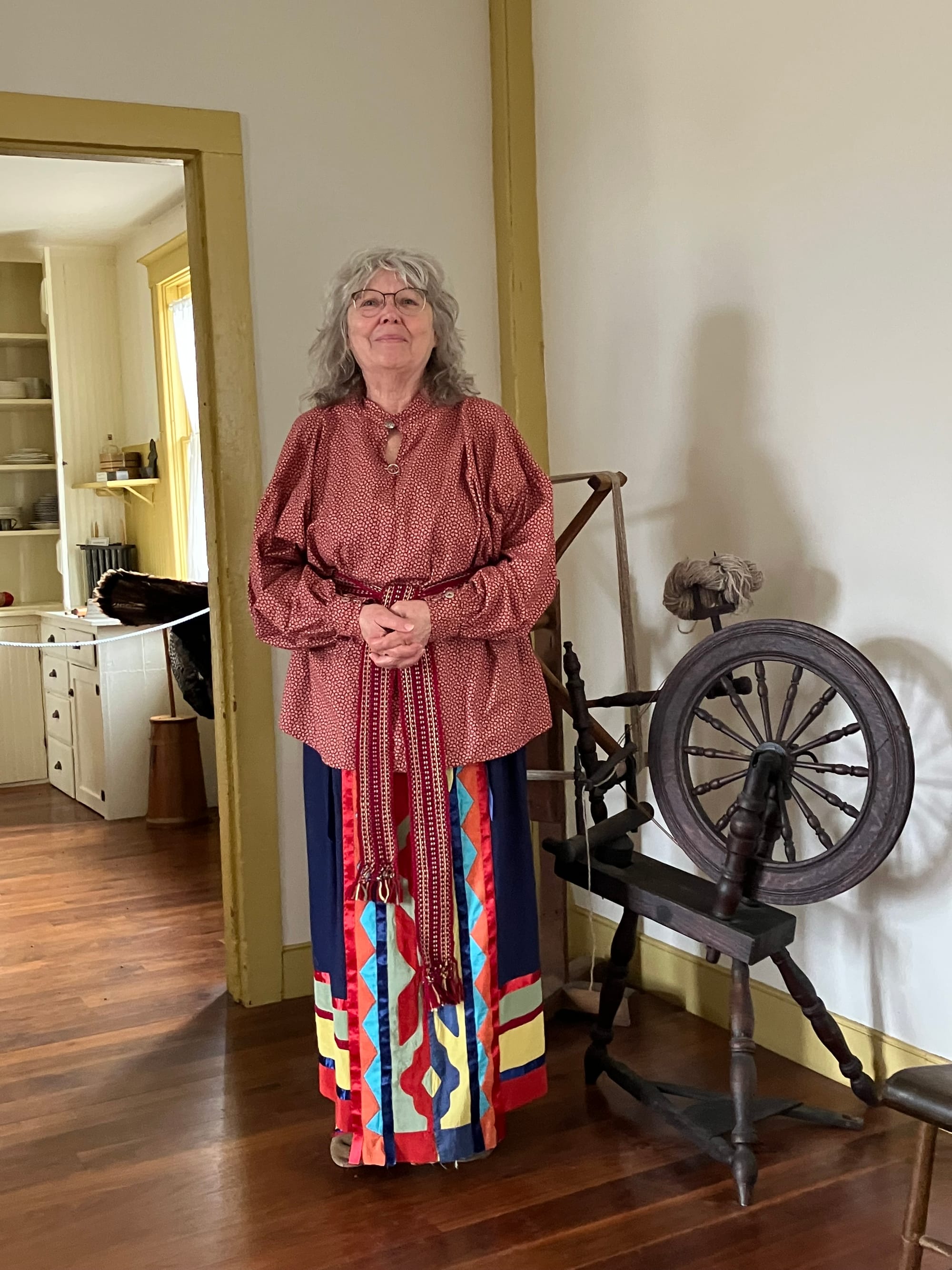
During the event, Hononegah’s fourth great-granddaughter, Michele Mackenthun, volunteered at the Mack House, wearing an authentic Native American outfit crafted by Pam Stock.
Macktown Living History member Linda Sonneson has transcribed letters written by Stephen Mack. These books were available at the event for $10.
Archaeological education
Dr. Rochelle Lurie presented information about archaeological work done at Macktown. Digs are conducted on the grounds at different times of the year.
Archaeological research began in 1936 with a systematic survey of 30 acres, part of the 50-acre town platted by Stephen Mack and James Bradstreet. The survey revealed artifacts from Native American campsites dating back 8,000 years, along with historic structures from the Mack era, which ended around 1851, after Stephen Mack's death.
Since that first survey, further excavations have been conducted at shellfish processing sites along the Rock River and on surrounding Native American campsites. These camps date primarily from the Middle to Late Woodland periods, 2,500 to 1,200 years ago.
Most current excavations are focused on locations of historic settler structures no longer visible on the surface. These include Hayes Tavern (a mid 19th-century bed and breakfast), the Stephen and Merrill Mack store, the Henry Bates house and shoemaker shop, and the William Shores house and blacksmith shop.
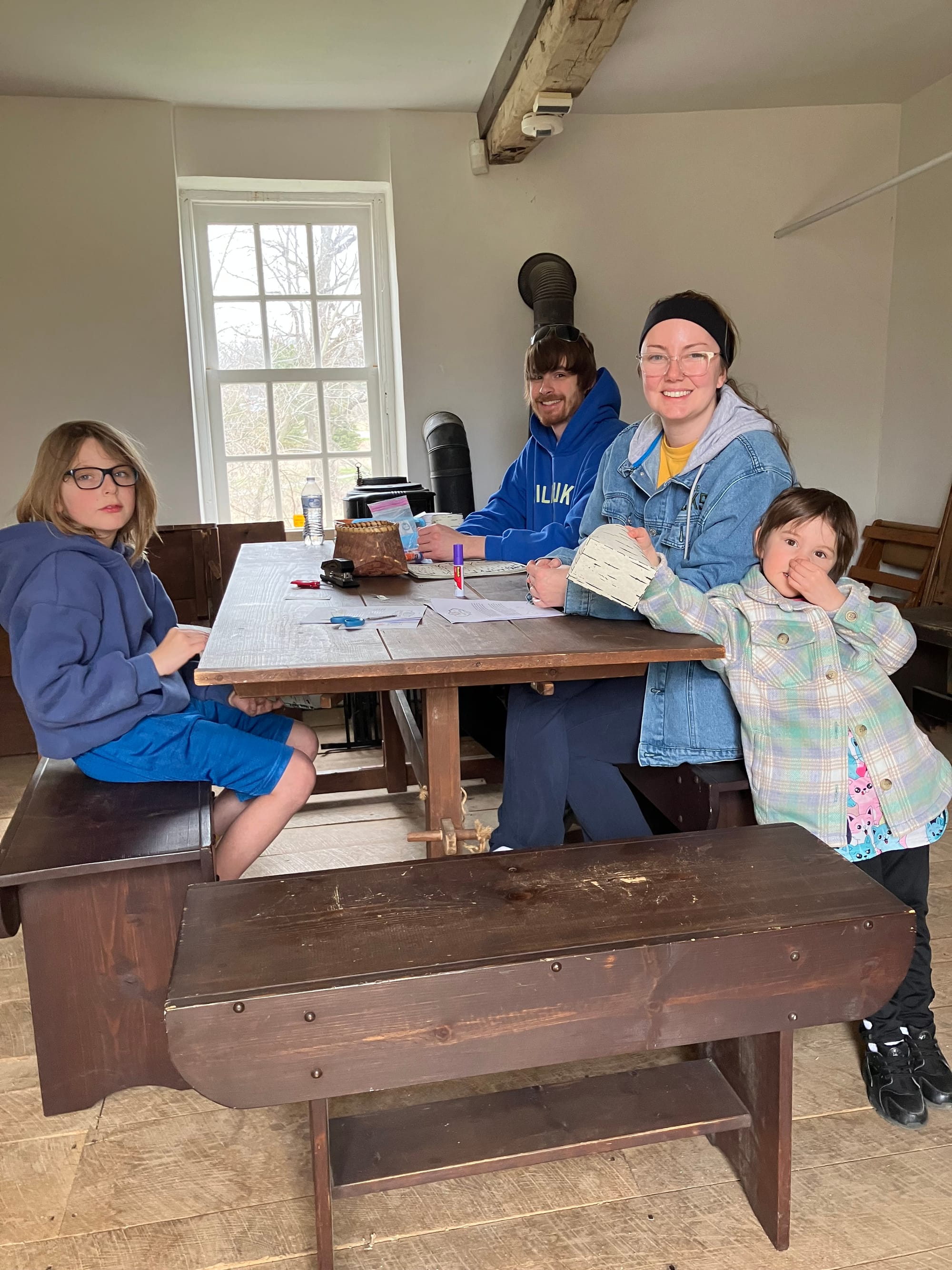
The Whitman Trading Post
Volunteer Peter Czyzewski welcomed visitors to the recently renovated Whitman Trading Post. Czyzewski explained the updates.
“The shelves and the pieces on them are original, but we have made a new counter and door. We picked up the lumber in a sawmill in Kirkland, IL. It is pallet grade.”
Volunteer Connie Gleasman painted the outer doors and trim around the windows, while the original wooden floors remain intact.
Czyzewski shared early educational books on display.
“Written by William McGuffey, the Eclectic First Reader for Young Children with pictures and the Eclectic Primer each offer novel ways of developing young minds, drawing from different sources.”
He also explained how coffee was sold in its green bean form. “If it is green it doesn’t go bad” before roasting, Czyzweski said. “A cylinder crank kept the beans in motion.”
Czyzewski added, “Linda Sonneson is our new curator. She has been picking up things that are appropriate and time period correct. The Mack House received a donation of all new furniture from a museum in Kilbourne, IL.”
A look back and ahead
One of the goals behind this event was to provide a greater understanding of Native history and promote cultural respect to avoid repeating past injustices. Two families won raffle prizes for free entry to all of Macktown Living History’s 2025 events.
